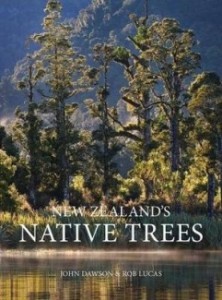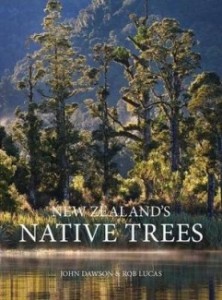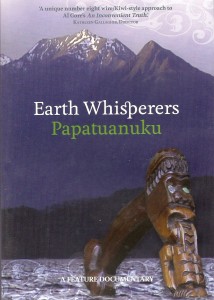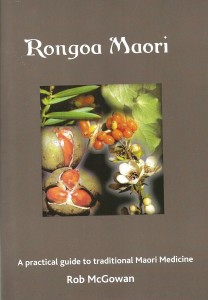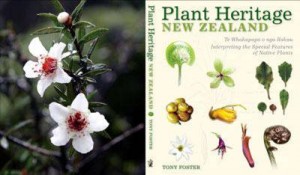Kia ora koutou
The Waitangi Tribunal has released their report into the Wai262 Claim recommending wide-ranging reforms to laws and policies affecting Māori culture and identity and calling for the Crown-Māori relationship to move beyond grievance to a new era based on partnership .
What is the Wai 262 claim?
Wai 262 is the 262nd claim registered with the Waitangi Tribunal.
The claim was lodged on 9 October 1991 by six claimants on behalf of themselves and their iwi: Haana Murray (Ngāti Kurī), Hema Nui a Tawhaki Witana (Te Rarawa), Te Witi McMath (Ngāti Wai), Tama Poata (Ngāti Porou), Kataraina Rimene (Ngāti Kahungunu), and John Hippolite (Ngāti Koata).
What is the claim about?
The claim is about the place of Māori culture, identity and traditional knowledge in New Zealand’s laws, and in government policies and practices. It concerns who controls Māori traditional knowledge, who controls artistic and cultural works such as haka and waiata, and who controls the environment that created Māori culture.
It also concerns the place in contemporary New Zealand life of core Māori cultural values such as the obligation of iwi and hapū to act as kaitiaki (cultural guardians) towards taonga (treasured things) such as traditional knowledge, artistic and cultural works, important places, and flora and fauna that are significant to iwi or hapū identity.
How significant is this inquiry?
The Wai 262 inquiry is one of the most complex and far-reaching in the Tribunal’s history. It is the Tribunal’s first whole-of-government inquiry.
It is also the first Tribunal inquiry to specifically address the Treaty relationship beyond the settlement of historical grievances.
What does the Treaty say about Māori culture and identity?
The Treaty established a partnership between Māori and the Crown. Through this partnership, the Crown won the right to govern and enact laws, but that right was qualified by the guarantee of ‘tino rangatiratanga’ (full authority) for iwi and hapū over their ‘taonga katoa’ (all their treasured things).
This requires the Crown, as far as practicable, to ensure that iwi and hapū have authority over taonga such as those referred to above, which are core aspects of Māori culture and identity.
The Tribunal recognises that in a modern New Zealand context full authority will not always be possible, and that the interests of iwi and hapū will instead have to balanced alongside the interests of other New Zealanders.
Is the Wai 262 inquiry about historical claims?No. Though the claimants raised historical issues, the Tribunal felt that in general they were better considered in district inquiries. The Wai 262 inquiry has therefore focused largely on contemporary relationships between the Crown and Māori.
That does not mean history has been ignored. Many contemporary issues arise from historical actions such as the loss of tribal land and Crown suppression of the Māori language and culture through the education system and laws such as the Tohunga Suppression Act. But in general the focus of the Tribunal’s findings and recommendations is on the contemporary relationship between the Crown and Māori, not on past grievances.
What has the Tribunal recommended?
The Tribunal’s recommendations
include:
the establishment of new partnership bodies in education, conservation, and culture and heritage; a new commission to protect Māri cultural works against derogatory or offensive uses and unauthorised commercial uses; a new funding agent for māauranga Māri in science; and expanded roles for some existing bodies including Te Taura Whiri (the Māri Language Commission), the newly established national rongoābody Te Paepae Matua mōte Rongoā and Māri advisory bodies relating to patents and environmental protection.
improved support for rongoāMāri (Māri traditional healing), te reo Māri, and other aspects of Māri culture and Māri traditional knowledge
amendments to laws covering Māri language, resource management, wildlife, conservation, cultural artifacts, environmental protection, patents and plant varieties, and more.
Who is the Tribunal?
The Waitangi Tribunal is a permanent commission of inquiry. It was established to consider and make recommendations on claims brought by Māri about Crown acts or omissions that breach the promises made in the Treaty. The Tribunal was established in 1975 by the Treaty of Waitangi Act.
The Wai 262 panel comprised Justice Joe Williams (presiding officer), Keita Walker, Pamela Ringwood and Roger Maaka.
Why has the report taken so long to complete?
There are many reasons. Initially, priority was given to district hearings in order to support the process of settling historical Treaty grievances, so the Tribunal did not begin hearing the claim until some years after it was lodged. Subsequently, arguments between the Crown and claimants about the scope of the claim, the ill health of the first presiding officer, the extraordinary breadth and complexity of the claim, the need to keep up with an ever-changing law and policy environment, and competing priorities have all contributed to the time the inquiry has taken.
To read a full copy of the report the following is a link to the Waitangi Tribunal website http://www.waitangi-tribunal.govt.nz/news/media/wai262.asp
